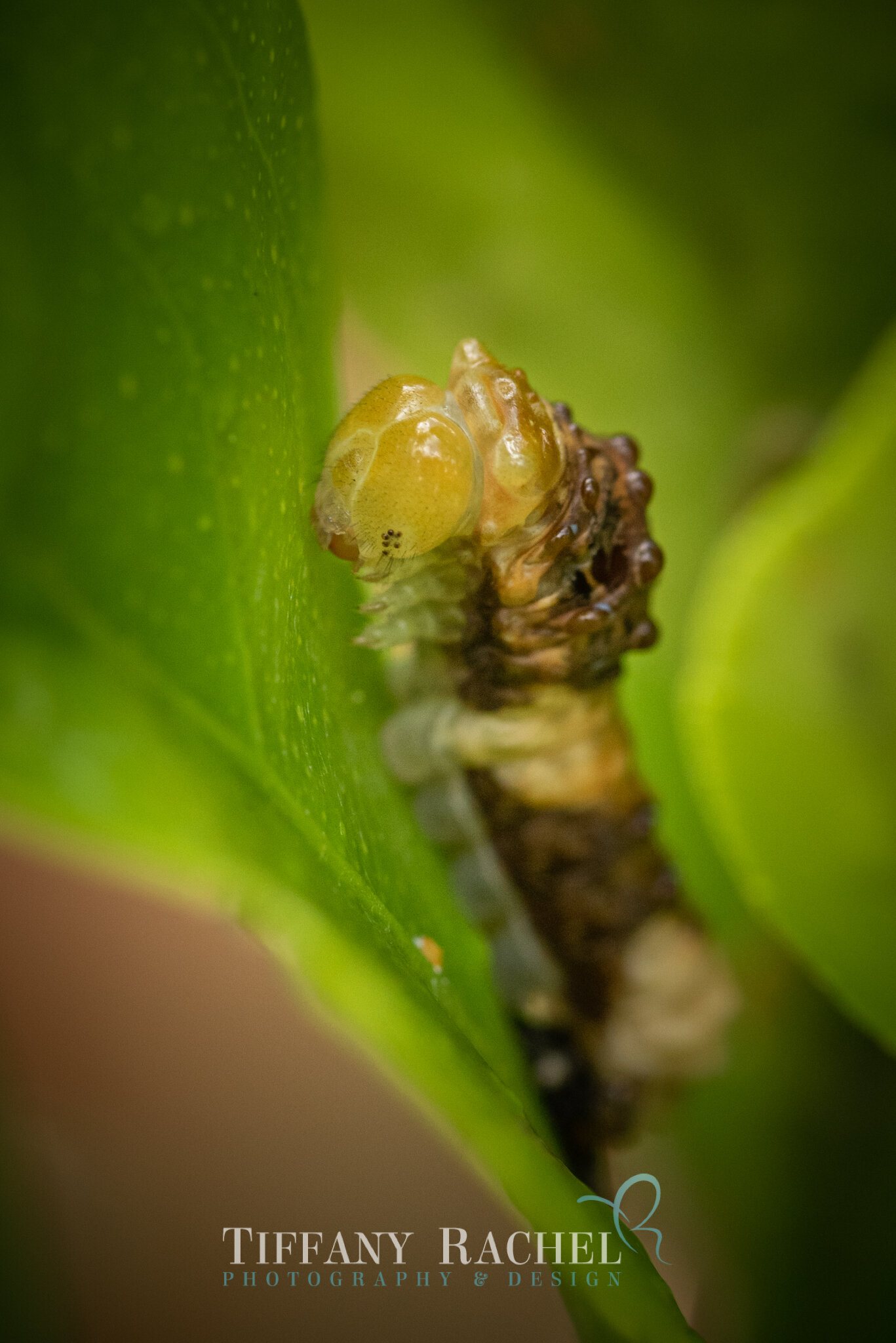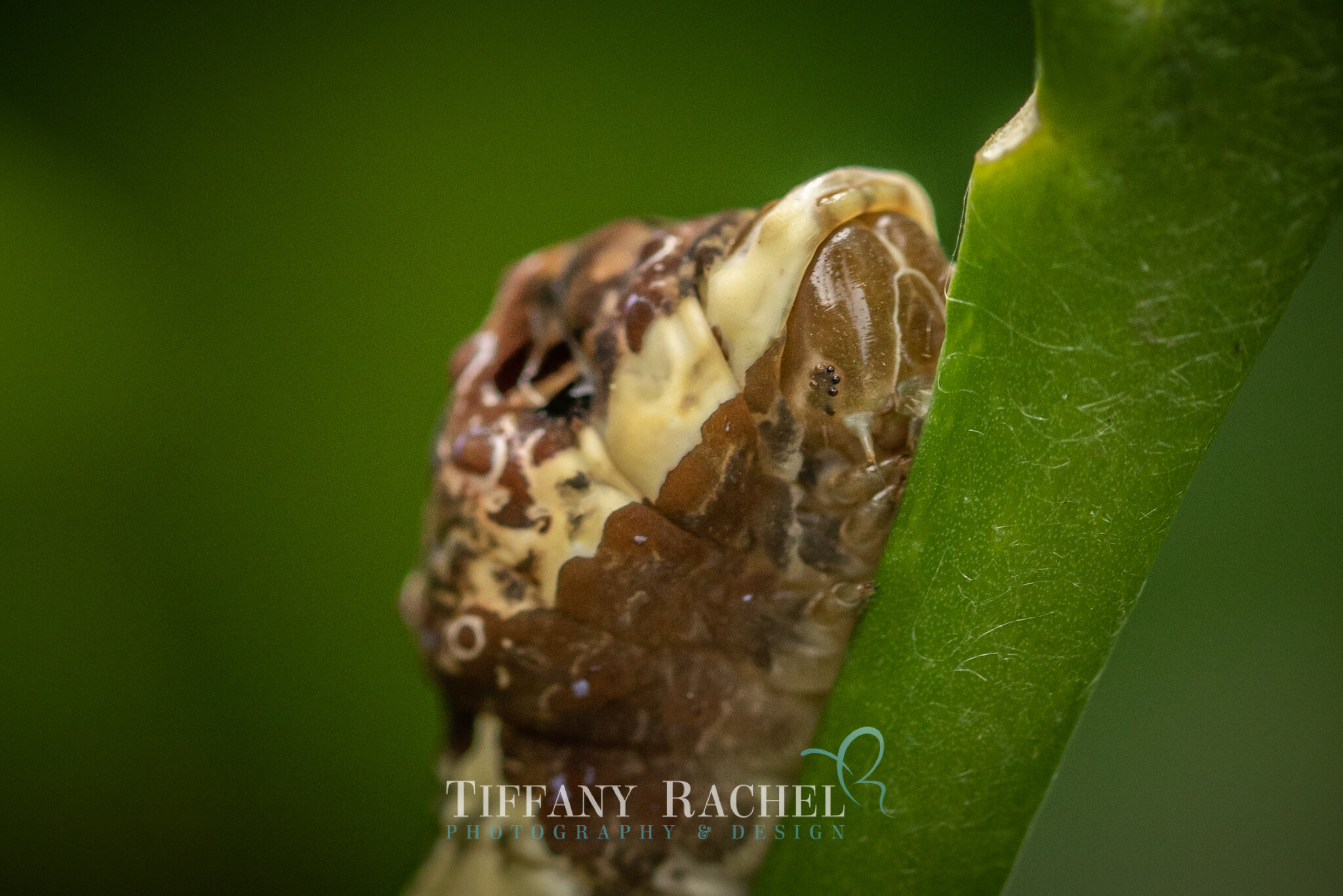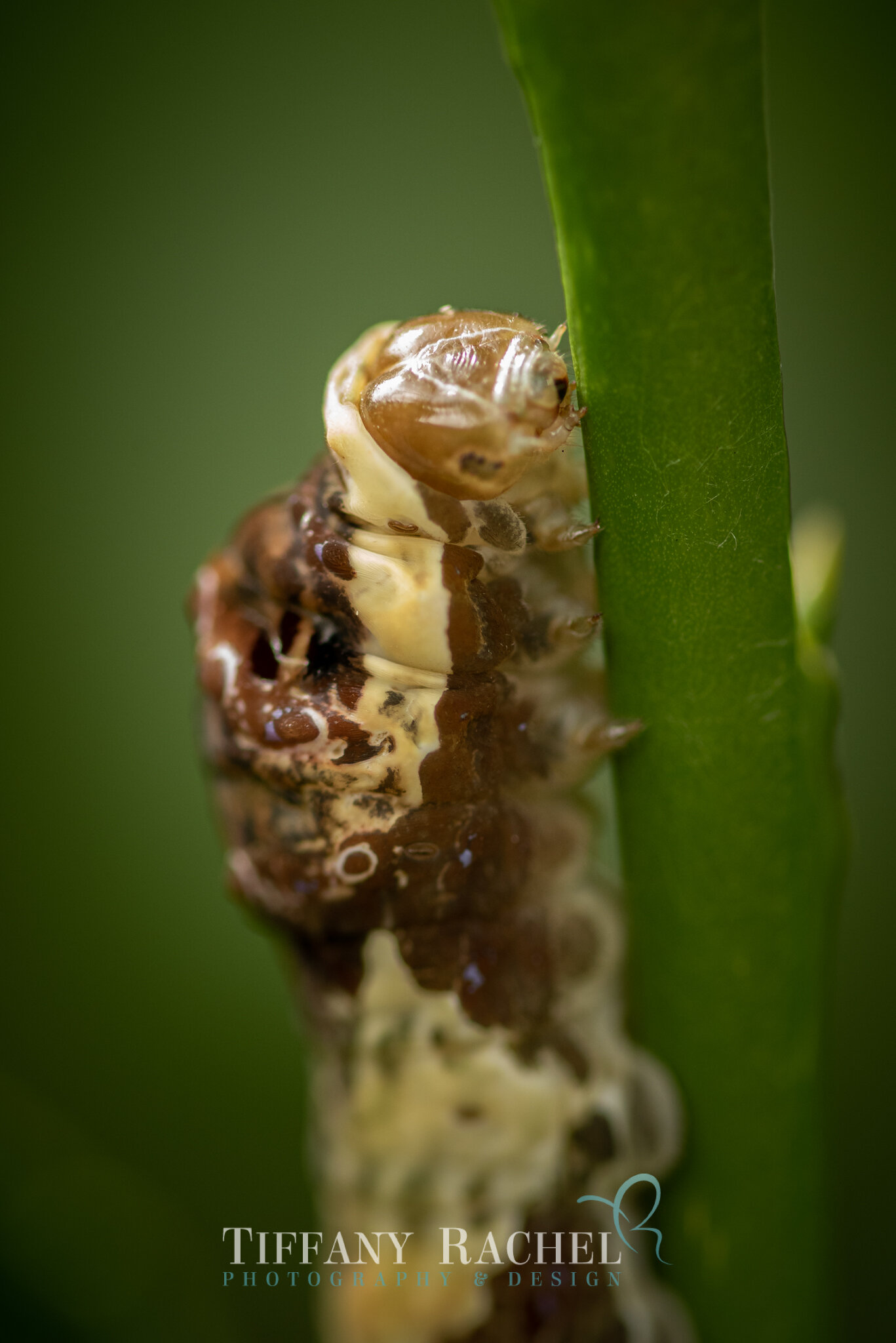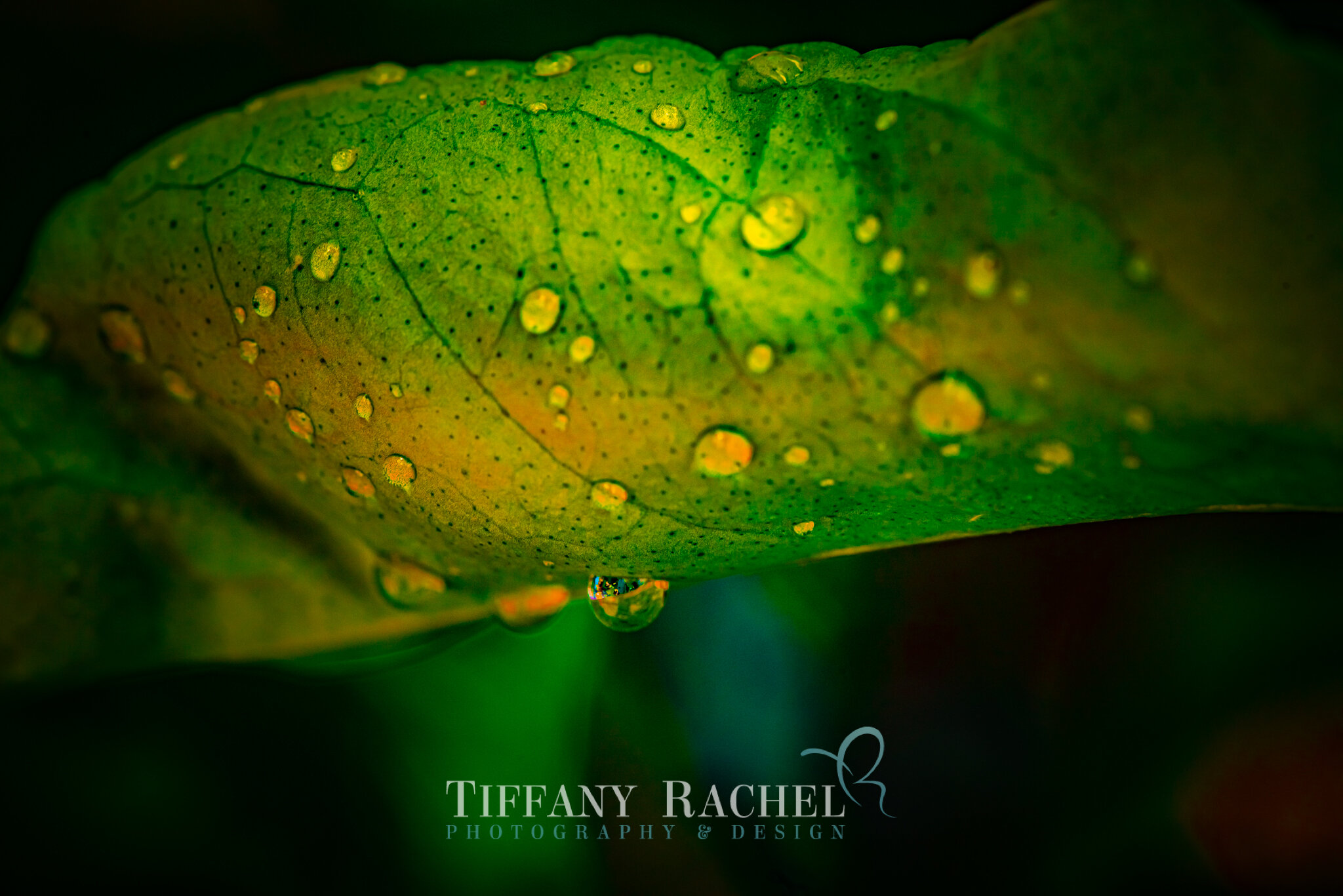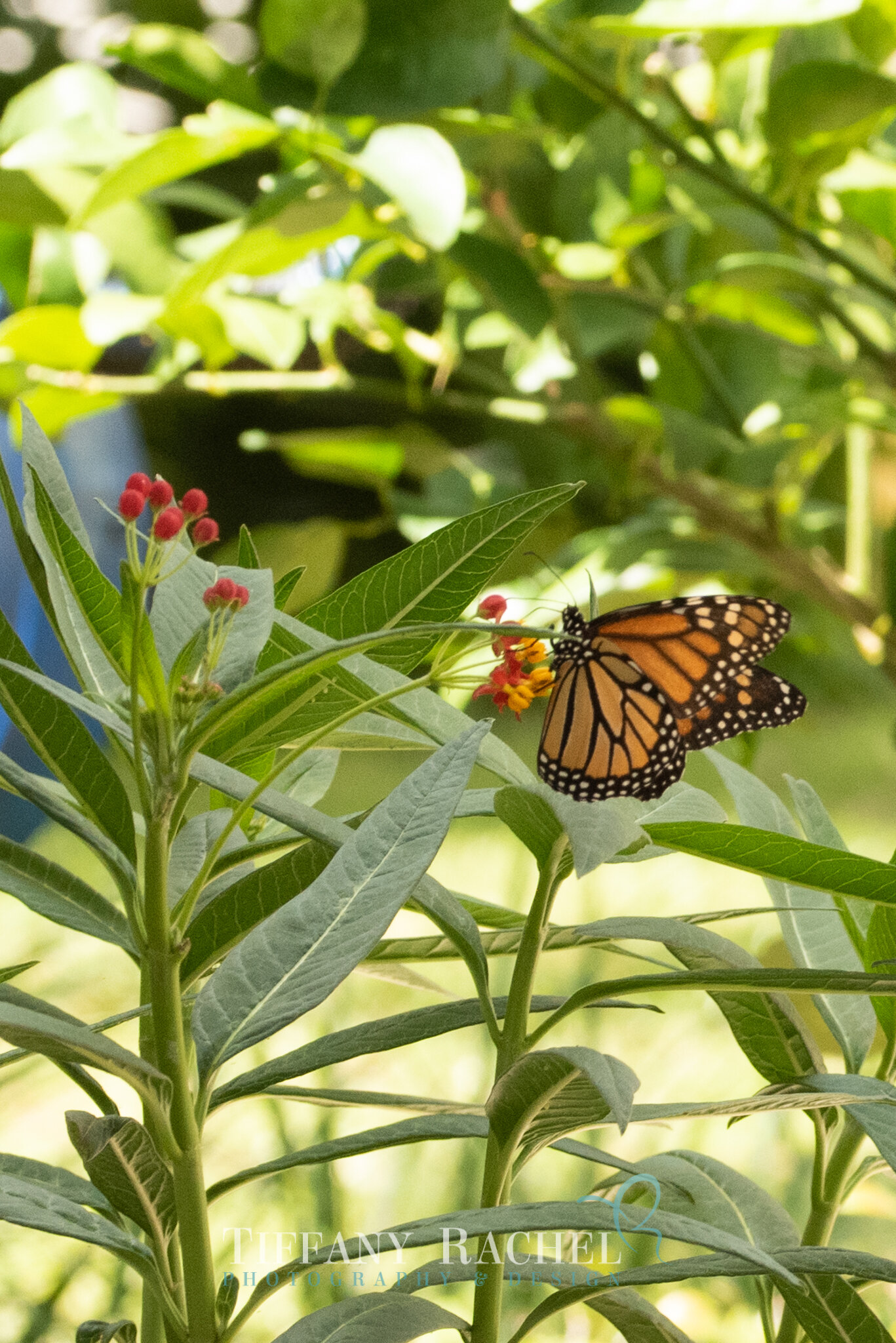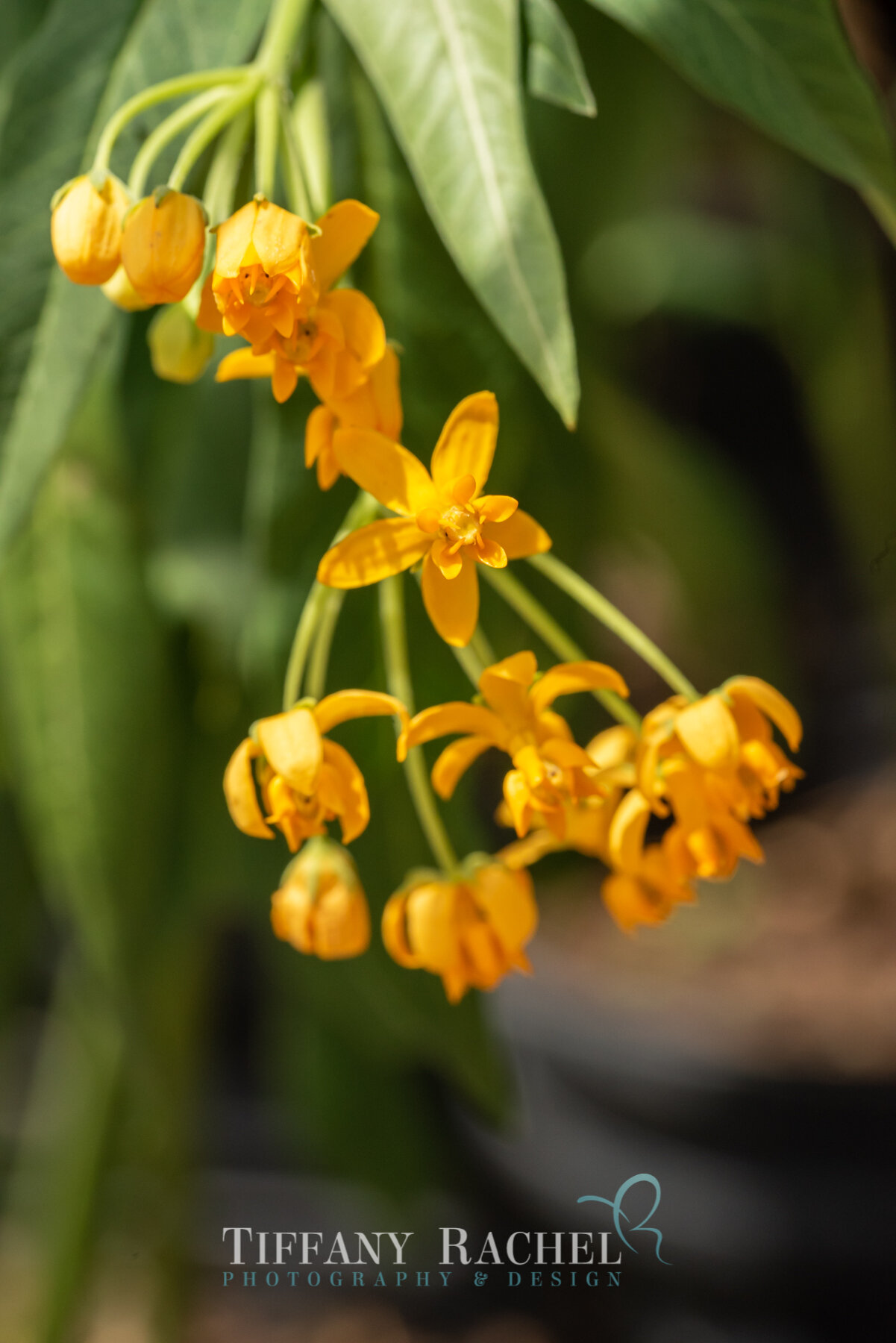Here you will find photos and info about how I started and
am maintaining my beautiful new Butterfly Garden in 2020!
All photographs are available for purchase.
Please email tiffany@tiffanyrachel.com for material and size options.
Female Queen Monarch, just hours after emerging from her chrysalis, Enjoying my Lantana before taking flight.
The Western Pygmy Blue Butterfly, the world’s smallest butterfly, on my Imperial Indigo Plumbago!
Nikon D810, Sigma 105mm Macro
In honor of my Mother’s legacy, I’m working hard to make her garden even better than before she became sick. Gardening was among her favorite creative hobbies. Our entire yard is full of her well-placed, beautiful kinds of trees and plants, filled with all kinds of life.
Super young baby squirrel on my palm tree. It got separated from its mommy and my pups found her scared and alone. 2 days later I saw the mother with this baby in her mouth taking it back up to its nest on the White Oak.
Since 1988 when we moved into our home, Mom chose:
Imperial Indigo Plumbago
Night-blooming Jasmine
Palm trees
An entire assortment of Japanese varieties around our (now fishless) Koi pond
White Oak
White Lillies with long green leaves, I can’t find them pictured on Google
Podocarpus hedges
My grandfather’s 100 year old Bonsai
Varieties of Succulents
Varieties of Purple Orchids (my Mom’s favorite)
Pride of Barbados from my neighbor’s seeds, but lawn care sprayed them with Round Up :( We’re anti pesticides because we have two dogs. Also Round Up is the worst in general.
Lemongrass I added last month and it’s already huge.
It all started a few months ago when Paige, one of my best friends from High School, started growing Milkweed in her garden down the street from me. I would go over there and photograph her Monarch Caterpillars and Butterflies.
Looks like a romantic kiss. Actually a violent head butt fighting for Milkweed leaf real estate XD
Nikon D810, Sigma 105mm Macro
Then she started keeping them in a Butterfly Enclosure for her two young children to watch grow and learn about the Monarch Butterflies from her yard.
Many Monarch Caterpillars in Paige's garden
I planted a bunch of New Gold Lantana in my yard that are really fast-growing, hearty ground cover that I thought may attract some local butterflies. So far it’s well liked!
Giant Swallowtails. My friend Mike knew of my love for Butterflies and brought over his Lime tree and Lemon tree. The Lime tree had about 7 Giant Swallowtail Caterpillars on it and 1 Giant Swallowtail Chrysalis.
A Giant Swallowtail Butterfly Chrysalis. The Giant Swallowtail Butterfly are the largest butterflies in the world and take the longest to mature. Because they take so long, they evolved to have a brilliant chrysalis camouflage looking like tree bark when they are transforming into Butterflies.
The Giant Swallowtail Butterfly is SO cool for so many reasons!
It’s the world’s largest butterfly.
Their Caterpillar camouflage is meant to look like bird shit, to detract predators from picking them off and eating them.
Their Chrysalis camouflage is meant to look like tree bark, since they take the longest time to transform. They are so easily missed.
Giant Swallowtail love to reproduce on and eat citrus trees like Limes and Lemons.
Don’t kill them!
They may seem like pests, but are actually amazing to keep around and incredible to watch. The world needs more bees and butterflies.
Get a Butterfly enclosure and learn how to care for them, or give them to a friend who loves Butterflies!
After Mike brought me the Lime and Lemon trees, Paige brought me a Milkweed plant! In just a few days, I found two new little Monarch Caterpillars on it! I named them Righty Tighty and Lefty Lucy! Unfortunately, Righty Tighty went missing (they crawl very quickly!) and Paige surprised me with my very own Butterfly Enclosure, to keep Lefty Lucy safe, and also we released two more butterflies that day from it! It even had 4 more chrysalis inside!



Now that I had my own Monarch Caterpillars safe in an enclosure, I was quickly running out of Milkweed leaves for Lefty Lucy. She was plowing through three leaves every 5 hours, needing more as she got bigger!
By now, I’ve invited every neighbor and their kids to see these little guys set free. Everyone, all ages, was fascinated seeing these in all stages of life!
Today I bought a Large Variety Milkweed plant with a Chrysalis, big caterpillar, and microscopic baby caterpillar on it.
I also bought a Duranta yesterday, with these GORGEOUS purple flowers loved by bees, butterflies, and even hummingbirds! Today it even attracted a mostly orange butterfly I had never seen before. So so cool!!
In the pictures below, you can see the Monarch Chrysalis with the wings fully formed, super colorful, and wrapped perfectly inside. The Monarch emerges, drops some blood, and needs about a day to strengthen its wings before it properly takes flight.














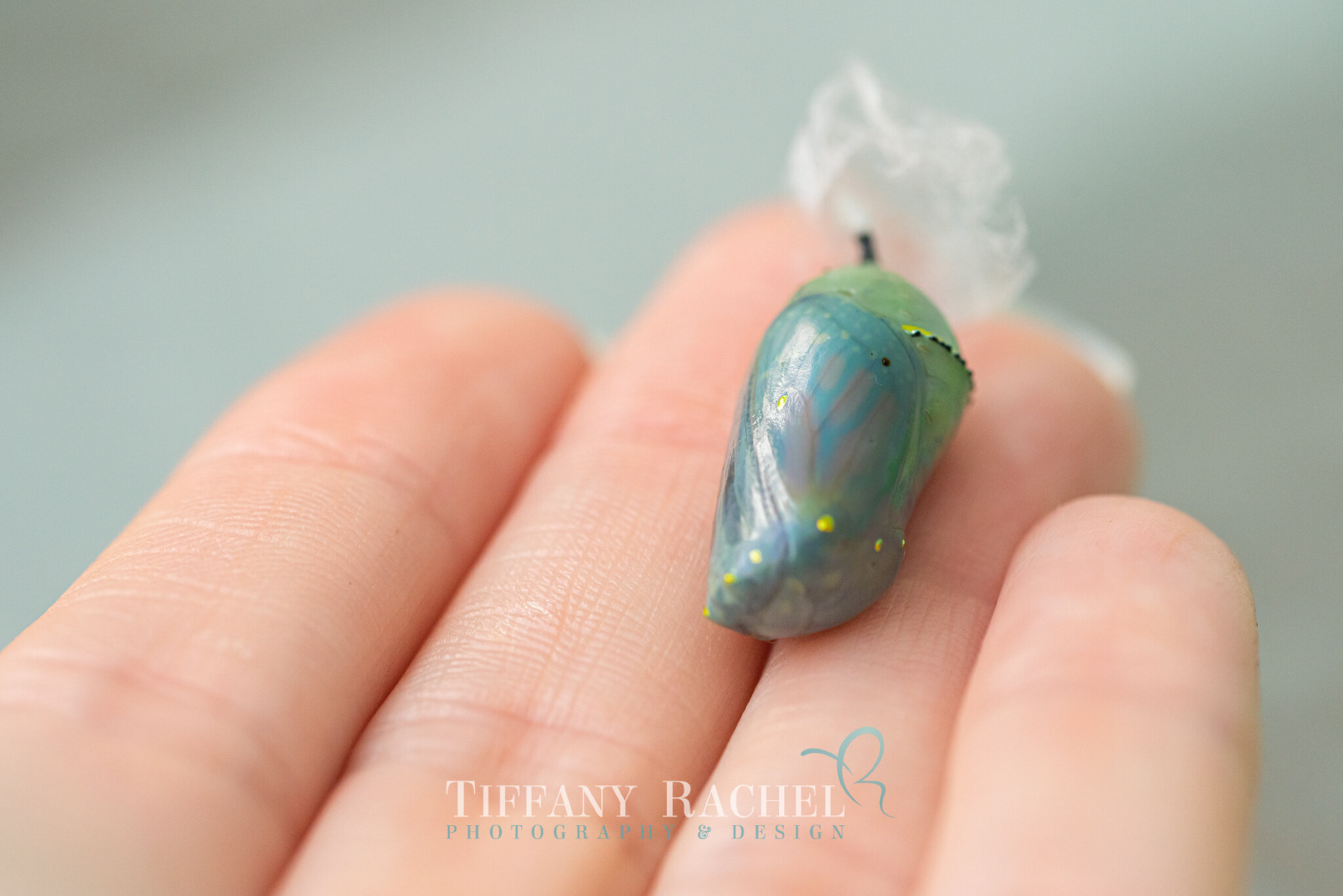




FAQ Q&A
While showing my neighbors my garden, I got many questions. Here were the most frequently asked.
Q. How long does the whole process take?
A. Timing differs depending on the kind of butterfly, but good rule of thumb is the larger the butterfly, the longer it takes to grow into a big, fat caterpillar, to form and emerge from a chrysalis, and then live the rest of its life as a butterfly.
Q. How long do Monarchs live?
A. They stay in the Caterpillar stage about 2-5 weeks depending upon conditions. According to TheButterflySite, “Mourning Cloaks, some tropical Heliconians, and Monarchs are some of the only butterflies that have an average life span of about nine months.”
The Monarch Butterfly:
Egg Stage: 3-4 days
Caterpillar (larval) stage: 10-14 days
Chrysalis (pupal) stage: 10-14
Adult butterfly stage: Up to 9 months!
The Giant Swallowtail takes a bit longer:
Egg Stage: 4-10 days
Caterpillar (larval) stage: 3 to 4 weeks
Chrysalis (pupal) stage: 10 to 20 days (except for overwintering pupae)
Adult butterfly stage: 6 to 14 days
According to MonarchWatch:
Females begin laying eggs right after their first mating, and both sexes will mate several times during their lives. Adults in summer generations migrate to their overwintering grounds, either in central Mexico for eastern Monarchs or in California for western Monarchs. Here they survive the long winter until conditions in the United States allow them to return to reproduce.
Q. Which is the boy Monarch and which is the girl?
A. Males have a black spot on a vein on each hind wing that is not present on the female. These spots are made of specialized scales which produce a chemical used during courtship in many species of butterflies and moths, although such a chemical does not seem to be important in Monarch courtship. The ends of the abdomens of females often look darker than males and have wider veins on their wings.
A Male Monarch Butterfly with Black Spots on its wings close to its body.
Q. What do Butterflies eat?
A. Monarch Caterpillars love to eat Milkweed and Adult Monarch Butterflies love to drink the nectar from the Milkweed Flower (pictured below).
Monarch Caterpillar on a Flowering Milkweed
Monarch Caterpillar Eating the stem of a Milkweed
Nectar from flowers, which is about 20% sugar, provides most of their adult food. Monarchs are not very picky about the source of their nectar, and will visit many different flowers. They use their vision to find flowers, but once they land on a potential food source, they use taste receptors on their feet to find the nectar from these favorites:
Aster (Aster)
Ava Flower
Blue Porterweed
Birch (Betula)
Brazilian Verbena
Cherry (Prunus)
Crabapple (Malus)
Cosmos Sulphureus
Duranta (Duranta Erectus) aka Golden Dewdrop
Goldenrod (Solidago)
Lupine (Lupinus)
Mexican Sunflower
Sunflower (Helianthus)
May Night Salvia
Miss Molly
Oak (Quercus)
Poplar (Ponulus)
Siberian Wallflower
Milkweed (Asclepias)
Willow (Salix)
Zinnie
A. Giant Swallowtail Caterpillars prefer to eat citrus leaves from plants like Lime trees and Lemons trees.
A. When I keep them in the enclosure, I make a ratio of 15-20% sugar in water ratio. I switched from bleached white granulated sugar to natural honey. I just stirred some honey in a glass of water, soak a cotton ball, and put it on a plate at the bottom of the enclosure. When they’re in the enclosure, they feed on it for about a day or two before being set free. I change the cotton balls every day and clean the poop out of the enclosure too.
Q. Do bugs poop and fart?
A. Caterpillars poop a LOT!!!!!! The poop looks like little dark brown or dark green crumpled up balls all over the leaves (often mistaken for eggs). And I read on Google that Monarchs are the King of Farts!
Q. Do Caterpillars need water?
A. Yes! Caterpillars get their water naturally from rain, however if you’re keeping them in an enclosure they will need your help. Do not put a bowl, pool, or puddle of water in the enclosure as they will drown. Instead, fill a spray bottle with water and set it to mist mode. Give the Caterpillars a mist of water at least once or twice a day.
Q. Does a Chrysalis need water?
A. Yes! Chrysalis also need rainwater to survive. If they are in your enclosure, fill a spray bottle with water, set it to mist mode, and give the chrysalis a spray. The Chrysalis breath through tiny pores called spiracles
Q. How do Caterpillar breath inside their Chrysalis?
A. This video provides an interesting 3D model of the air passages and stomach.
Duranta (Duranta Erectus) aka Skyflower, aka Pigeon-berry, aka Honey Drops are a favorite for Butterflies, Bees, and Hummingbirds but are TOXIC to dogs, cats, and even children if ingested. Be careful owning one!
Revisiting Butterfly World in Coconut Creek, Florida
9/5/2020
Tiniest Grass Frog Peeking Out From Its Milkweed - Sept 30, 2020
Tiniest Grass Frog With Max Chill On Its Milkweed - Sept 30, 2020


